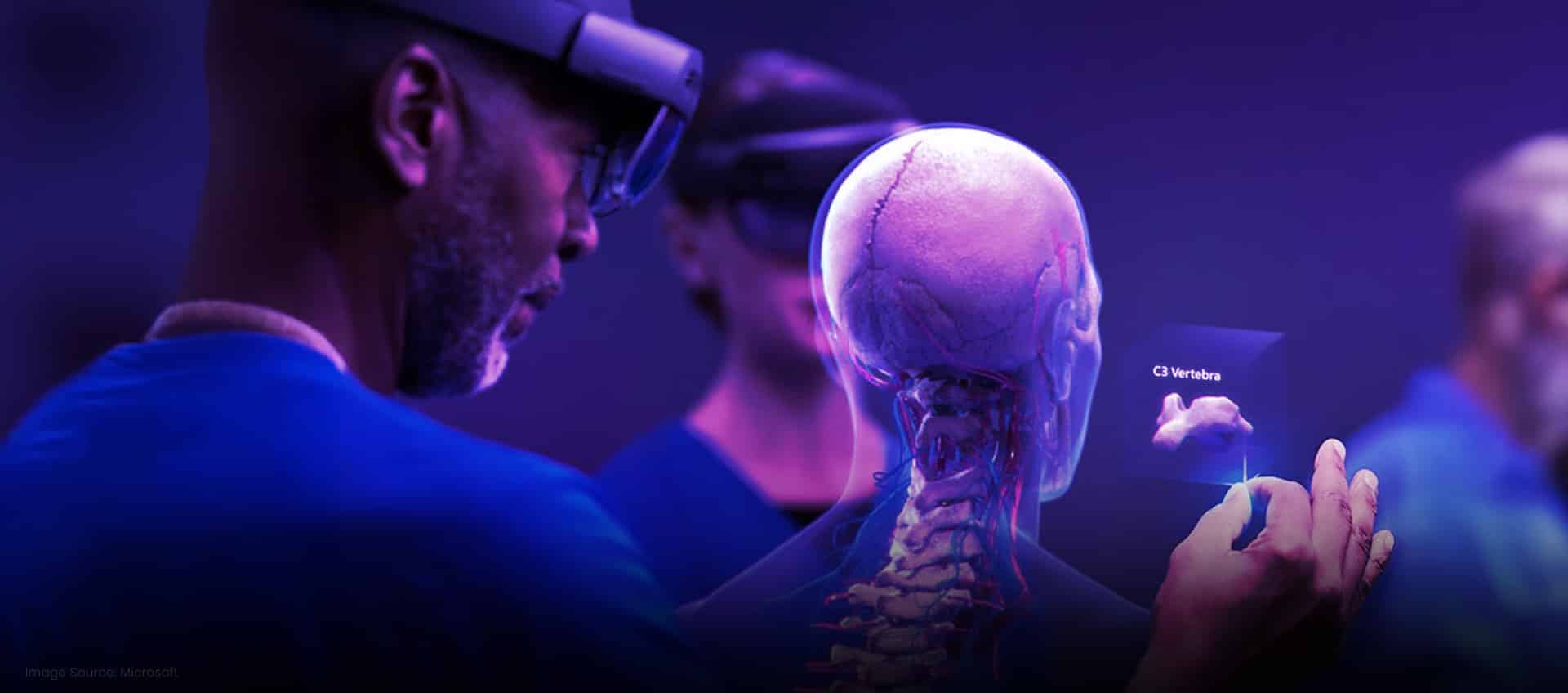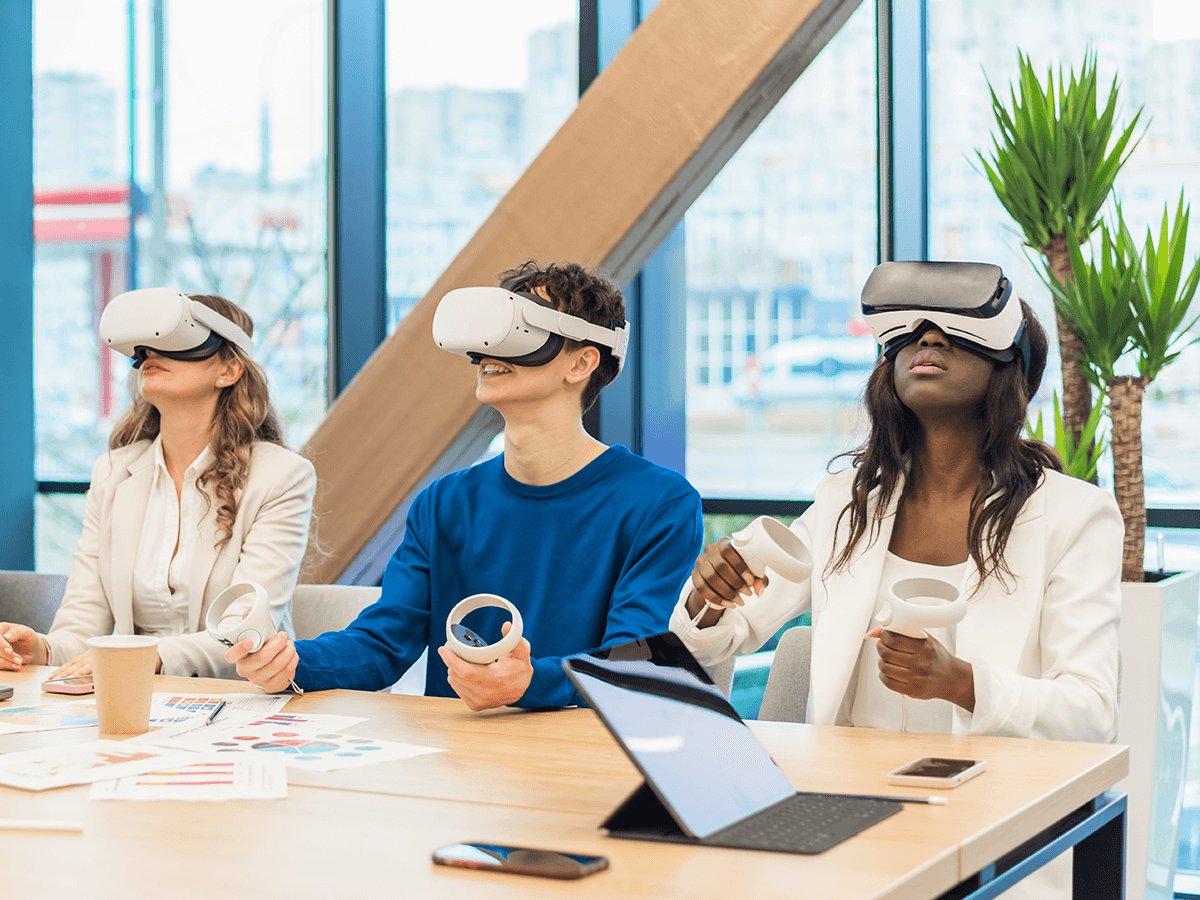The requirement for emergency situations calls for instant decision-making skills together with fast actions and unified operational partnerships. First responders such as firefighters and paramedics always rush into dangerous situations so their response matters at times of life-threatening events. Conventional emergency response training methods mainly depend on exercises conducted both physically and within classrooms. Emergency response training faces three main drawbacks because of its high expense together with its safety hazards and operational difficulties. Enter Virtual Reality (VR).
Virtual Reality enables emergency response training through its replication of authentic environments that permit ready-to-use safe spaces where first responders can improve their skills without harm. Emergency personnel now depend heavily on this technology as a necessary training program for dealing with high-stress situations. Particularly what specific methods VR implements towards training while providing tangible field advantages remains to be explored. Let’s dive in.
The Need for Advanced Emergency Response Training
The work environment of emergency responders remains at all times uncertain while demanding extremely high levels of stress. The limitations of live simulations and tabletop exercises as emergency responder training tactics include:
The execution of live drills becomes expensive because they need extensive props together with locations and personnel.
Training procedures that take place in actual settings involve unavoidable safety risks since responders encounter dangerous conditions.
Before confronting genuine emergencies trainees have restricted practice opportunities.
According to a 2023 report by the National Fire Protection Association (NFPA), firefighters were more likely to be injured at fireground operations than during any other injuries, occurred on the fireground. The number of injuries among firefighters registered 18,875 at the fireground during 2023 while making up 30% of total firefighters injuries reported. The importance of developing safer training methods becomes evident which indicates Virtual Reality as a solution to these requirements.
How VR is changing emergency response training

1. Immersive and Realistic Scenarios
Emergency responders gain access to virtual crisis simulations in which they face realistic emergency situations without putting anyone in actual danger. The controlled simulated environment allows personnel to experience situations that include building fires and vehicle accidents and mass casualties without subjecting them to genuine dangerous conditions. Two companies named FLAIM Trainer and Axon VR produced firefighting and law enforcement training modules which precisely simulate actual emergency situations.
2. Safe Yet High-Stress Environments
High-pressure simulation emerges as a primary benefit of VR technology because it achieves dangerous situations through simulated environments. VR allows emergency responders to conduct their simulations and practice in non-life-threatening conditions that duplicate dangerous environments.
3. Cost-Effective Training
Financial investments for carrying out live-action drills prove significant. Throughout the process of implementing VR applications companies decrease their expenses regarding location search and role player recruitment along with prop installation costs. Emergency response organizations should consider VR training due to its capability to decrease costs by 52% compared to conventional methods which PwC documented in 2022.
4. Repetitive and Data-Driven Learning
Online reality makes it possible for users to practice their training scenarios limitless times because of its repetition capabilities. Specific skills become more mastered through training repetition while trainers obtain data about trainees’ performance needed to gauge areas for improvement. Real-time analytics powered by AI lets VR platforms offer instant performance feedback that helps responders develop better decision processes and response time capabilities.
5. Scalability and Accessibility
Emergency response training normally requires extensive training spaces together with multiple trainers but these conditions restrict the number of participants who can train simultaneously. Virtual reality provides scalable solutions because several trainees can perform their training at the same time anywhere across the globe. The method benefits rural departments with limited funding because it provides training access from anywhere worldwide.
Real-World Applications of VR in Emergency Training
1. Firefighter Training
The extreme operational environment firefighters face gets better preparation through virtual reality solutions which eliminate the need for dangerous real-world firefighting experience. Through the FLAIM Trainer system fire departments worldwide train their personnel by utilizing VR technology which delivers physical feedback so students can experience simulated heat exposure and carrying heavy equipment like rescue equipment.
2. Medical Emergency Response
The medical field requires seconds to determine between survival and death. Simulated training based on VR technology allows paramedics together with emergency room doctors to practice critical procedures such as intubation for airway access as well as wound management and triage in vital mass casualty situations. The medical students who received VR training at Cedars-Sinai Medical Center completed their procedures with higher speed and decreased mistakes by 29% and 43% respectively when compared to students trained through traditional teaching methods.
3. Police and Tactical Response Training
Laws enforcement officials require them to prepare for sudden unexpected encounters with dangerous situations. VR simulation platforms provide members of law enforcement the space to practice their de-escalation training while learning both active shooter situations and rapid chases. Axon VR leads the market in providing police forces with virtual reality training solutions that enhance their choices during dangerous situations.
4. Disaster Response and Humanitarian Aid
Frequent catastrophic events such as earthquakes as well as pandemics push emergency responders to manage such extensive disasters. The Red Cross makes use of virtual reality platforms to prepare their personnel for search-and-rescue operations and crisis management of refugee situations and disease control protocols. The technology shows exceptional usefulness in directing worldwide aid responsibilities.
The challenges in implementing VR in training

Numerous advantages that VR provides need additional attention for the following reasons.
The price of high-end VR hardware including equipment remains costly at present yet continues to drop because of technological developments.
Emergency professionals who lack technological knowledge need training to master the effective operation of VR systems.
VR systems function properly with high end computer technology yet some emergency response groups face hardware obstacles from using outdated equipment and limited budget funds.
The problem of motion sickness together with user discomfort persists during VR training but modern systems are designed to solve these issues.
The quick development of VR technology enables emergency training programs to obtain better systems and simpler interfaces.
The Future of VR in Emergency Response Training
VR holds excellent possibilities for advancing emergency response training in the future. These are the main developments that emergency response training will experience in upcoming years:
Adaptive training modules powered by AI will create performance-based scenarios to create customized learning programs for trainees.
Realistic VR training will be achieved through the implementation of gloves and suits with haptic feedback systems along with additional haptic devices.
Remote Collaboration enables training participants distant from each other to practice together using shared VR platforms thereby creating improved coordination between team members.
Trainees can experience combined VR lessons through augmented reality because this technology adds digital content to actual environments.
MarketandMarkets projects the global VR training market will achieve $20 billion in value by 2030 while emergency response training stands as one of its main growth factors according to their 2024 forecasts.
Conclusion
Emergency responder preparation for dangerous situations has found new possibilities through Virtual Reality technology beyond its gaming functions. Virtual Reality provides personnel from the fields of firefighting and paramedics and police officers and disaster relief workers with expert training that delivers affordable data-focused simulations in immersive environments free from safety hazards.
The development of emerging technology will make VR training platforms more realistic and accessible and powerful for emergency responder education. Emergency preparedness in our unpredictable world becomes most efficient through VR technology which serves as a key component for such readiness.
Emergency first-responders risk their lives while devoting themselves to saving the lives of others. Virtual reality training enables us to deliver the optimalkinetic preparation for emergency workers to fulfill their professional responsibilities.


